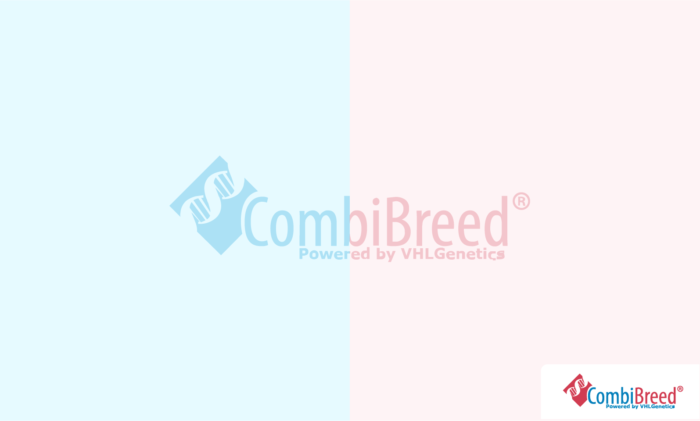
€57,48 €47,50 hors TVA
The coat colour of dogs is determined by a complex interplay among various genes, collectively known as 'loci'.
10 working days
Excl €5,95 shipping and administration per order (incl. VAT)
Caractéristiques
| Breeds | |
|---|---|
| Gene | |
| Organ | |
| specimen | Écouvillonnage, sanguin EDTA, sanguine hépariné, sperme, tissu |
| Mode of Inheritance | |
| Chromosome | |
| Also known as | |
| Year Published |
Informations générales
The coat colour of dogs is determined by a complex interplay among various genes, collectively known as ‘loci’. One such locus is the I-Locus, also referred to as intensity dilution/intense (I) locus. This I-locus is linked to the gene MFSD12, which is responsible for pigment synthesis and distribution of pigment across the body. The mutation in this gene is autosomal recessive and the affected allele, labeled as i, causes a dilution of phaeomelanin (light pigment) in affected dogs, resulting in the lightening of yellow or red coats to cream or white. Conversely, the unaffected allele, denoted as I, leads to normal colouration.
Caractéristiques cliniques
Dogs with the genotype i/i show a lightened coat colour, often described as pale cream or white, provided they also carry the recessive variant of the E-Locus (e/e). It's important to note that these dogs are not albino and should maintain dark pigmentation on areas such as the lips, paw pads, and eye rims. Similarly, dogs with a black-and-tan or saddle tan colouration will exhibit a creamy coat instead of tan fur when affected by the I-Locus mutation.
Additional Information
Studies suggest that due to the influence of unidentified genes on this mutation, the dog's phenotype may not always align with its genetic makeup. This means that the dog's physical appearance and its genotype might not match-up. Furthermore, the complexity of coat colour as a trait involves a combination of various genes. Therefore, analyzing multiple loci through testing provides the most thorough forecast of a dog's coat colour genetics.
Références
Pubmed ID: 31117290
Omia ID: 2197